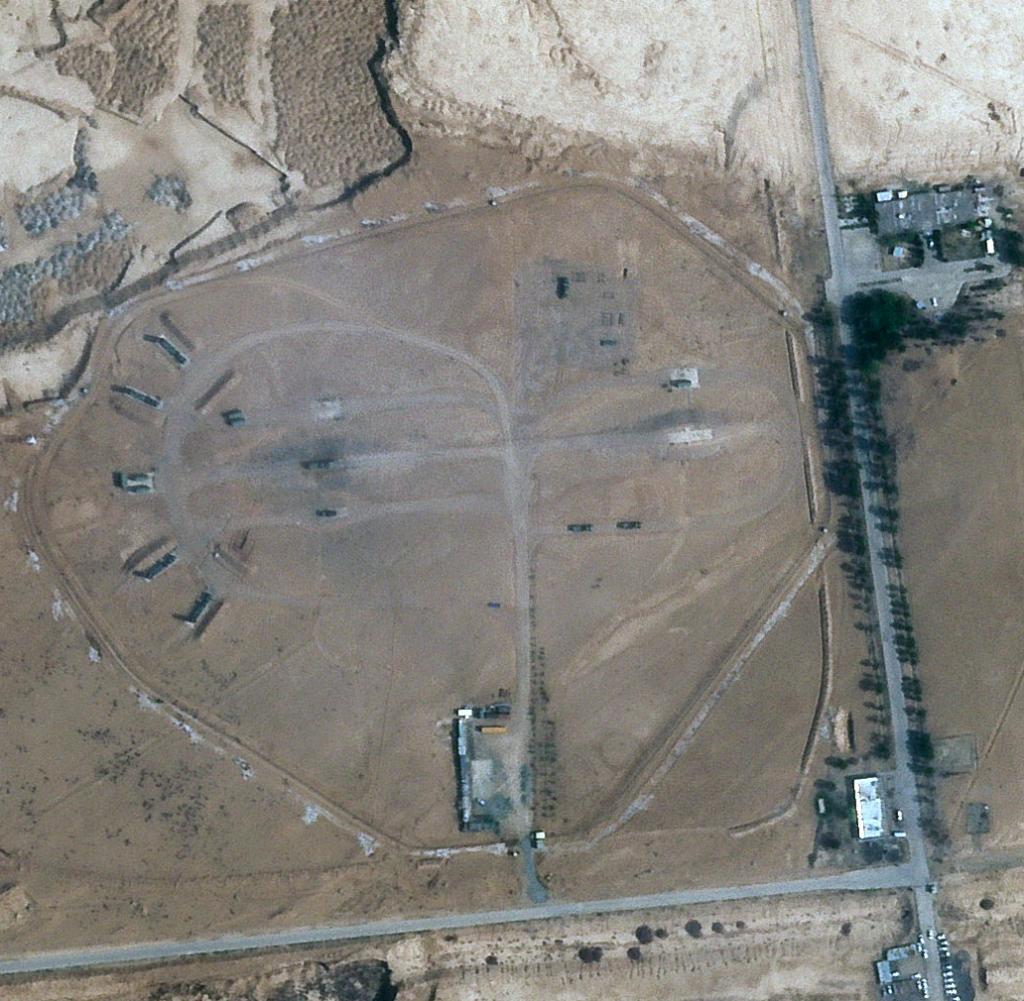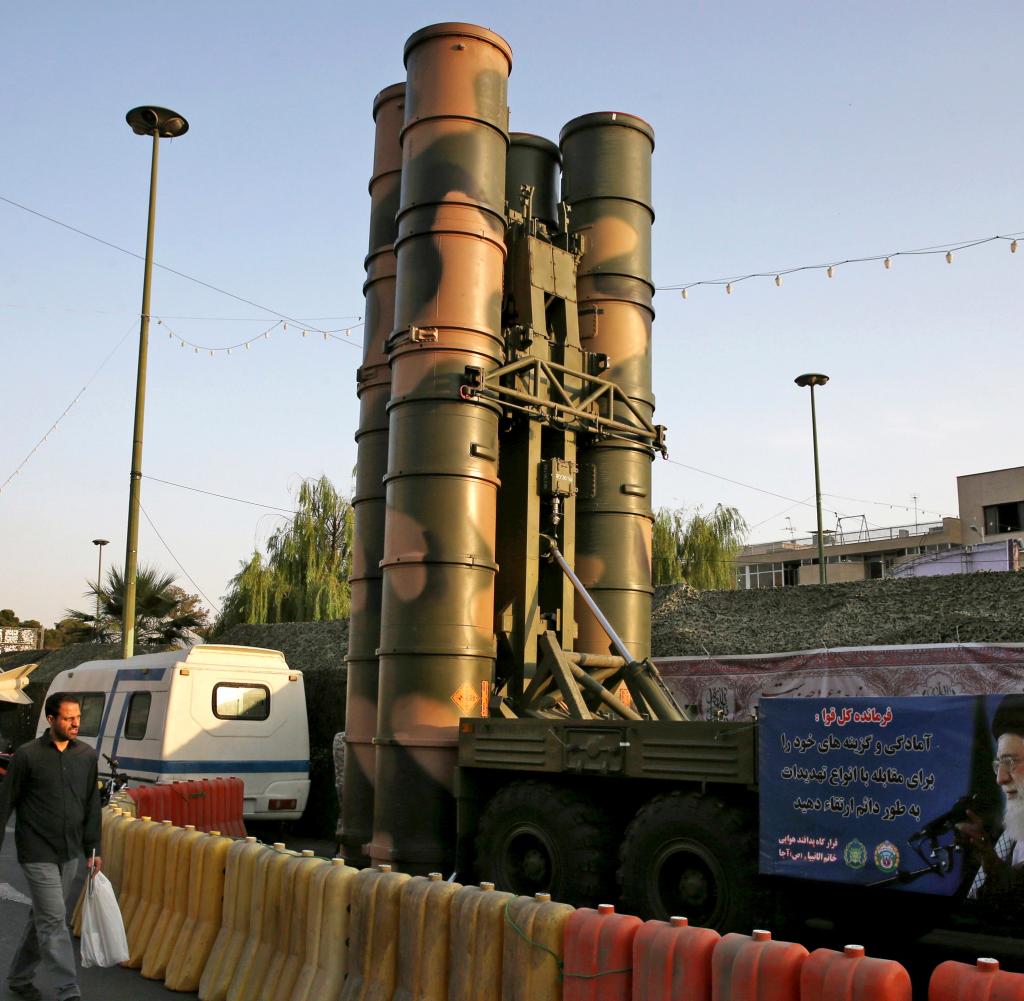Defense radar caught – strike against Iran was probably more successful than expected

Satellite image of Iran’s missile defense facility near an air base
Source: Planet Labs PBC/AP/dpa
The Iranian leadership has been complaining since the end of last week that Israel only shot with toys. But now satellite photos have emerged. They show: Whatever Israel used, the system was extremely accurate.
DAccording to satellite images, Israel’s retaliatory attack against Iran at the end of last week caused more damage than the government in Tehran had admitted. The company Planet Labs PBC released satellite images taken Monday morning near Isfahan airport and air base, about 200 miles (320 kilometers) south of Tehran.
Accordingly, the radar system of an S-300 anti-aircraft battery was apparently hit. The Israeli attack was therefore much more effective than Iran’s attack on Israel on April 13th.
“This strike shows Israel’s ability to penetrate Iran’s air defense system,” said Nicole Grajewski, a nuclear security expert at the Carnegie Foundation and author of a forthcoming book on Russia and Iran. “The precision of the hit was remarkable.”
This image shows burn marks surrounding what analysts believe to be a radar system from a Russian S-300 missile battery
Source: dpa/-
This is what the Russian S-300 air defense system looks like – picture from Tehran
Source: dpa/Vahid Salemi
Iran and Israel have been waging a kind of shadow war against each other for years, which escalated in April when two Iranian generals were killed, among others, in an attack on the Iranian consulate in the Syrian capital Damascus that was attributed to Israel. Iran responded with a major attack with rockets, cruise missiles and drones, almost all of which Israel intercepted.
Then on Friday, Iranian air defenses opened fire and Iran imposed a ban on commercial flights in large parts of the country. Officials tried to downplay the Israeli attack, saying only that it involved a series of smaller drones.
“What happened (…) was not an attack,” said Iranian Foreign Minister Hossein Amirabdollahian in an NBC interview. “They were more like toys that our children play with – not drones.”
However, the satellite images showed a different picture. Initial satellite images showed signs of fire around the facilities in Isfahan, although it was not clear what was on the site. In the images from Monday, image analyst Chris Biggers sees burn marks around a so-called flip-top radar system that is used for the Russian S-300 system.
Other components of the missile system were apparently removed from the facility before the attack, even though they provide protection for the underground Iranian nuclear enrichment facility in Natans. “Given the system, the location and the way it is deployed, this is a powerful message,” Biggers wrote.
Iran, on the other hand, stuck to its narrative. “The relevant authorities have reported that this attack did not cause any damage and that the Iranian defense system fulfilled its tasks,” said Foreign Ministry spokesman Nasser Kanaani. “Therefore, we believe that this matter is not worth raising.”
The EU is now pushing ahead with its plans for new sanctions against Iran. At a meeting in Luxembourg on Monday, the foreign ministers of the 27 member states instructed EU chief diplomat Josep Borrell to submit concrete proposals. They are intended to make it possible to impose further trade restrictions to make it more difficult for the country to build and develop drones and missiles.
It is also planned to impose punitive measures against individuals, organizations and companies involved in the production of drones and missiles and their delivery to Iran’s allies in the Middle East.





